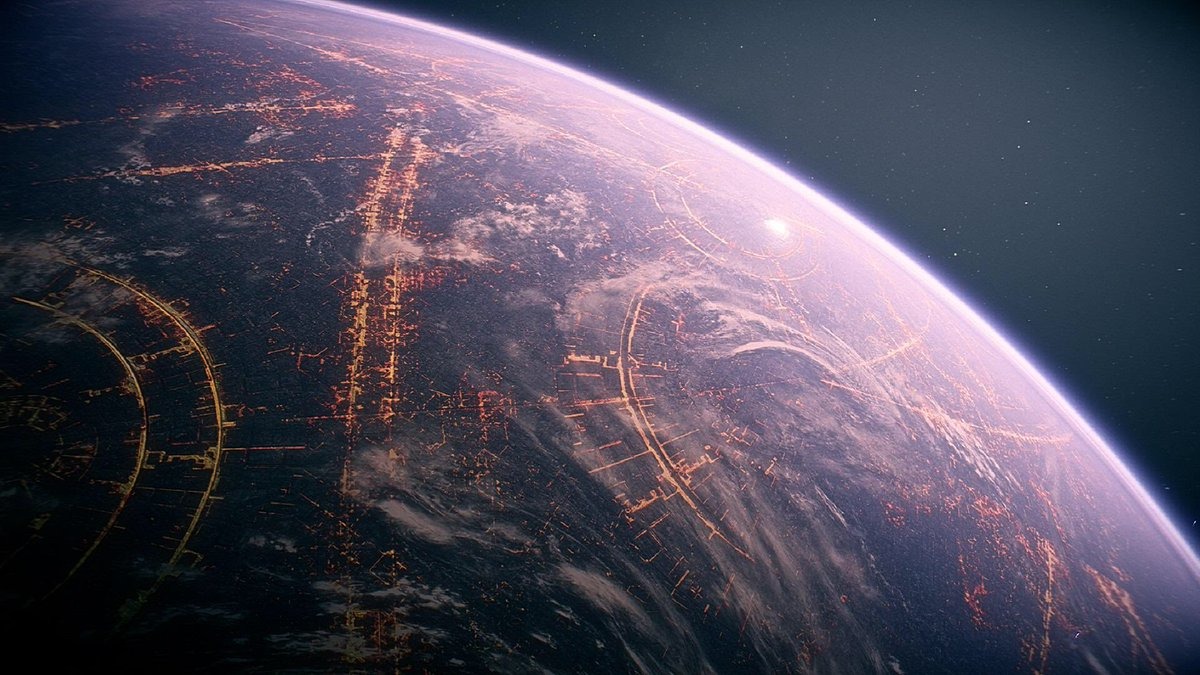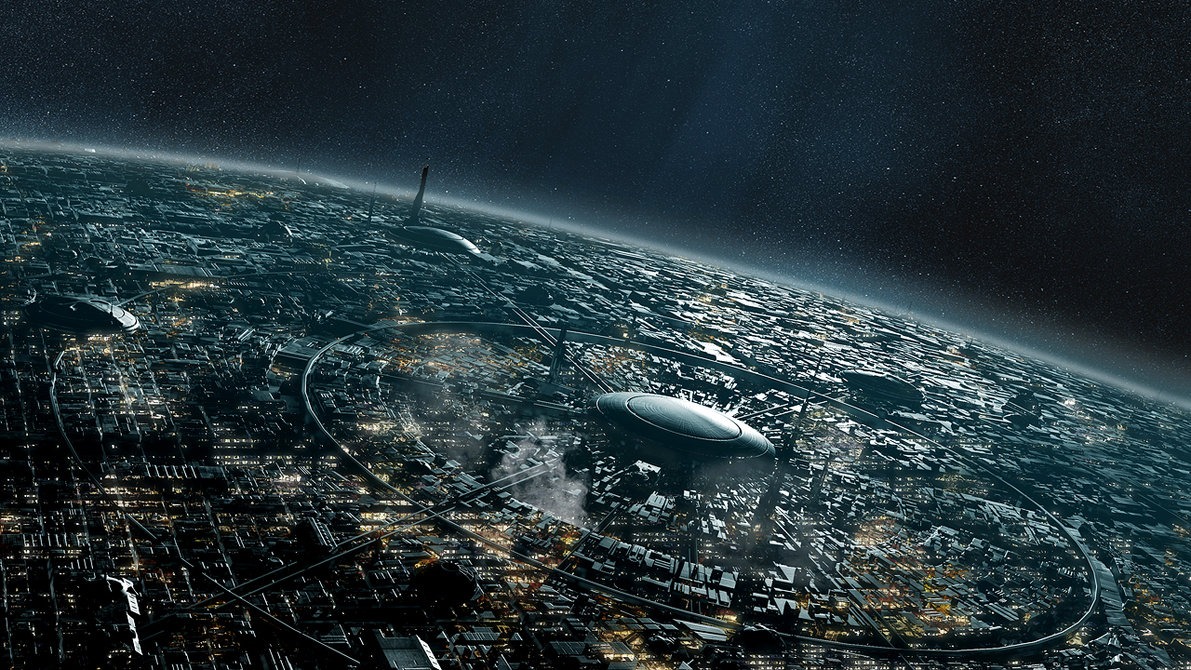How large does an extraterrestrial city have to be in order for it to be visible in modern telescopes? Should it be a planet-sized megacity like Coruscant in “Star Wars”? Or could we see an extraterrestrial equivalent of Earth’s largest urban areas, such as New York or Tokyo? Scientist Bhavesh Jaiswal from the Indian Institute of Science suggests that the capabilities of modern telescopes are sufficient to detect much smaller cities on distant exoplanets, such as Kiev. This is possible thanks to a property of light known as reflection.

When searching for extraterrestrial civilizations, we typically focus on massive artificial structures such as Dyson spheres or massive orbital rings that go far beyond the current technological capabilities of humanity. However, we have recently entered an era where we can directly obtain images of exoplanets themselves, opening up possibilities for the search for intelligent life in the universe on a smaller scale.
The Reflection Effect
Starlight has the property of overshadowing planets that orbit around it, making it difficult to detect exoplanets. That is why most exoplanets have been found around dim red dwarf stars that do not blind telescopes like yellow stars, such as our Sun. The exoplanets we have managed to find — and there are already over 5000 of them — are so far away and so dim that their images are barely a pixel in size. But even such a small size is sufficient for study. Spectroscopy, for example, can tell us about the composition of a planet’s atmosphere.
But how can we observe something on the surface of an exoplanet, such as the lights of an extraterrestrial city? This is where the reflection effect comes into play. This phenomenon occurs when light is reflected directly towards the observer instead of being scattered in all directions. Remember how you played with sunlight bouncing off a mirror when you were a child? That’s exactly it.
A Stroke of Luck
To see light reflected from the surface of an exoplanet, we need a stroke of luck. In fact, there is a limit to how large an area can reflect light towards the observer. In a planet-sized world like Earth, the maximum reflective area is about 5.4 parts per million of the entire planet, which is equivalent to an area of about 2800 square kilometers. This is quite small, roughly a tenth of the size of the Kiev Oblast, or the size of an average administrative district in a region, such as Bucha’s district.

The limitation applies not only to size but also to the materials used in such an extraterrestrial megacity. A substance with a low reflectivity, such as glass, would produce a noticeable but very weak brightness peak, whereas an aluminum structure would shine several times brighter than the entire planet.
Is there a chance to see the city lights?
There are several additional factors that could increase the chance of detection through specular reflection. A planet that rotates more slowly would allow the reflection to be visible for a longer period of time. Similarly, a structure or city with a large longitudinal width would allow it to remain visible for a longer time during the planet’s rotation.
Although the chance of coming across an extraterrestrial city remains unlikely – we don’t even know if they exist – the technologies and capabilities required for such detection are quite real, and they are already available. Perhaps some extraterrestrial observer is already observing the reflection of your own hometown.
Previously, we reported on whether it is easier to find traces of life in space or traces of extraterrestrial technologies.
Based on materials from Universetoday.

